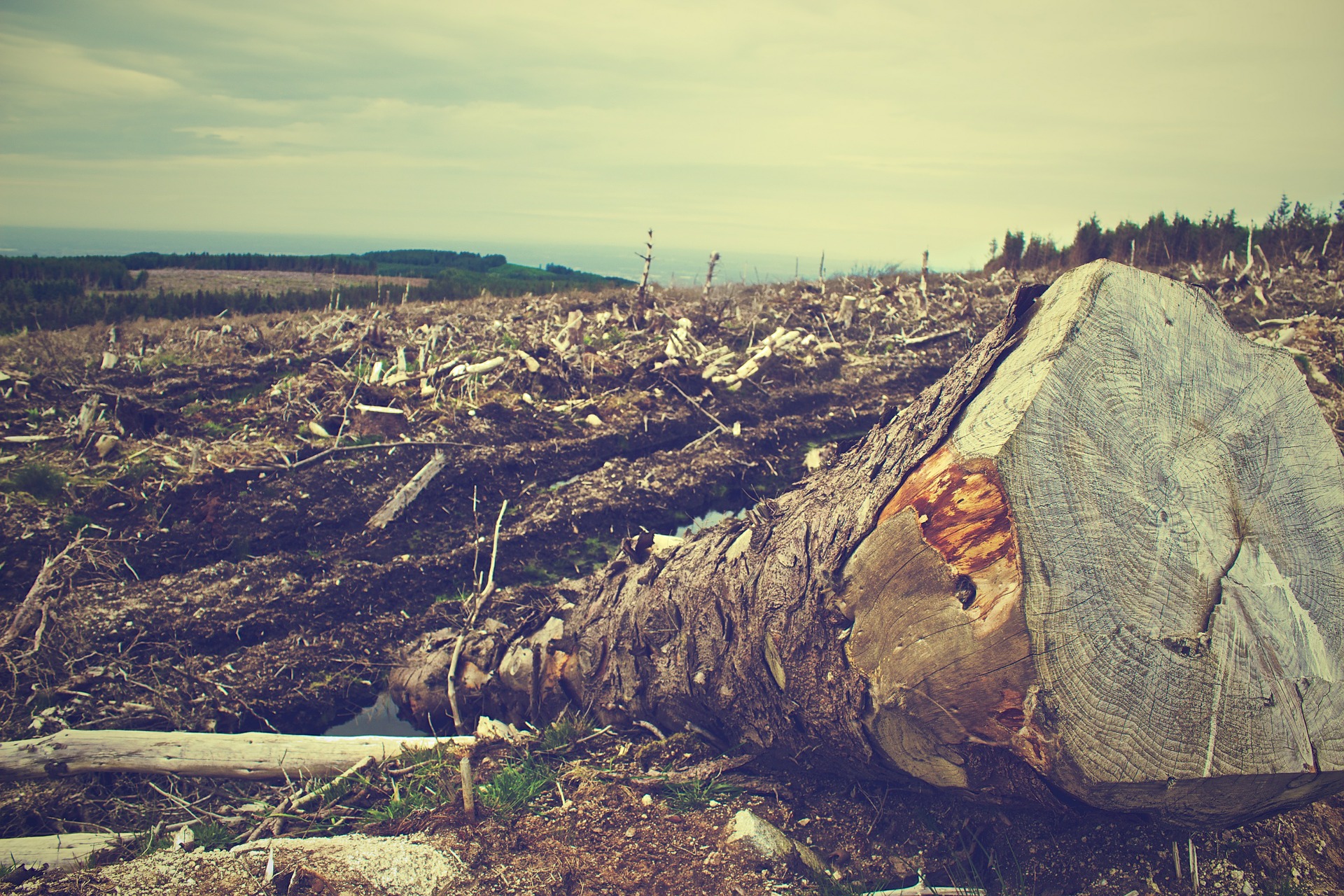
More than 22 million trees have died as a result of the four year drought and beetle infestation in California. The Governor declared a state of emergency this past October in response to the widespread destruction of forests and the need to quickly discard trees before they cause massive wildfires. But state and local officials now must decide how to dispose of debris from millions of dead trees.
One solution California has relied upon is the use of biomass power plants to create energy from dead trees. Typically, the fuel generated at these plants comes from forest projects, orchard prunings and construction debris. With the recent destruction of vast areas of forest land, landowners have been eager to sell their dead trees to the biomass power plants.
Despite the widespread availability of trees as an energy source, almost half of California’s biomass facilities are non-operational. Biomass is a more expensive alternative to other sources of renewable energy, such as wind and solar power. As the availability of renewable energy sources has increased, prices for renewable energy have dropped significantly. The higher cost of utilizing biomass facilities also stems from logistical hurdles – transporting dead trees to the facility presents a significant and unavoidable expense. Utilities often do not choose biomass facilities to renew their contracts because they want to avoid passing on these increased costs to customers.
Reduced reliance on biomass power means that officials will have to rely on other forms of waste removal. The state will have to choose between burning the waste, which is detrimental to air quality, or depositing the waste into saturated landfills, which poses the risk of releasing toxins and greenhouse gas emissions into the air.
Contact Shane Coons at 949-333-0900 or visit his website at www.ShaneCoonsLaw.com to find out more about his practice.
